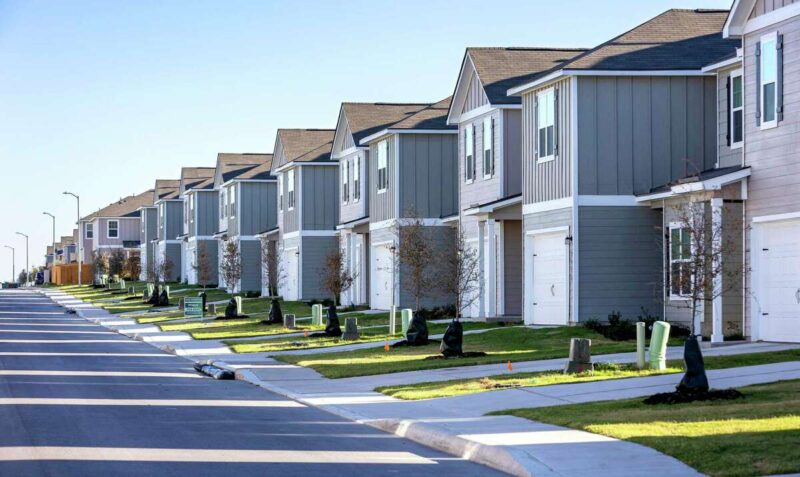In the ever-evolving landscape of the real estate market, economic factors play a pivotal role in determining its trajectory. San Antonio, Texas, has emerged as a burgeoning real estate hub in recent years, and a closer look at the economic factors influencing this market provides valuable insights for both investors and homeowners alike. In this blog post, we’ll delve into the economic dynamics shaping the San Antonio real estate market, offering a comprehensive view from the perspective of the real estate industry.
The Booming Job Market

One of the most significant factors contributing to the vibrancy of San Antonio’s real estate market is its robust job market. The city has become a hotspot for businesses in various industries, including healthcare, technology, and manufacturing. This influx of companies has not only led to an increase in employment opportunities but has also attracted a steady stream of new residents.
With a strong job market, San Antonio continues to draw individuals and families looking for stable employment prospects. This sustained demand for housing has driven up property values, making it an attractive destination for real estate investors seeking long-term growth.
Affordability Amidst Growth
While San Antonio’s real estate market has experienced rapid growth, it remains relatively affordable compared to other major Texas cities like Austin and Houston. The city’s affordability is a significant draw for first-time homebuyers and individuals looking to escape the soaring prices of neighboring regions.
Investors can also benefit from San Antonio’s affordability factor, as it allows for a diverse portfolio of properties at various price points. This flexibility can be advantageous when weathering market fluctuations and ensuring a stable return on investment.
Population Growth and Housing Demand

San Antonio’s population has been steadily growing, with projections indicating that this trend will continue in the coming years. As more people flock to the city for job opportunities and a high quality of life, the demand for housing has surged. This sustained population growth is a fundamental driver of the real estate market, creating a seller’s market in many neighborhoods.
Investors should keep a close eye on areas experiencing rapid population growth, as these are likely to offer the most promising returns on investment. Understanding the demographic shifts within the city can help real estate professionals identify emerging opportunities.
Interest Rates and Mortgage Trends
Interest rates have a direct impact on the affordability of homes and the overall health of the real estate market. In recent years, historically low-interest rates have encouraged many buyers to enter the San Antonio market. Low mortgage rates translate to lower monthly payments, making homeownership more attainable for a broader range of individuals.
However, real estate professionals should closely monitor interest rate trends, as even slight fluctuations can influence buyer behavior. A sudden increase in interest rates could potentially slow down the market, impacting property values and investment strategies.
Infrastructure and Development

The development of infrastructure plays a critical role in shaping the real estate landscape. San Antonio’s city planners have been proactive in investing in transportation, schools, and public amenities. This commitment to improving the overall quality of life enhances the city’s appeal to both residents and investors.
Investors looking for long-term growth should consider areas where infrastructure projects are underway or planned. These areas tend to experience increased property values as accessibility and amenities improve.
Conclusion
In conclusion, San Antonio, TX, offers a promising real estate market driven by strong economic factors. A thriving job market, affordability, population growth, interest rates, and infrastructure development all contribute to the city’s real estate appeal. Investors and industry professionals should keep a keen eye on these factors to make informed decisions and capitalize on the opportunities this dynamic market presents. As the real estate landscape continues to evolve, staying informed and adaptable will be key to success in the San Antonio market.


